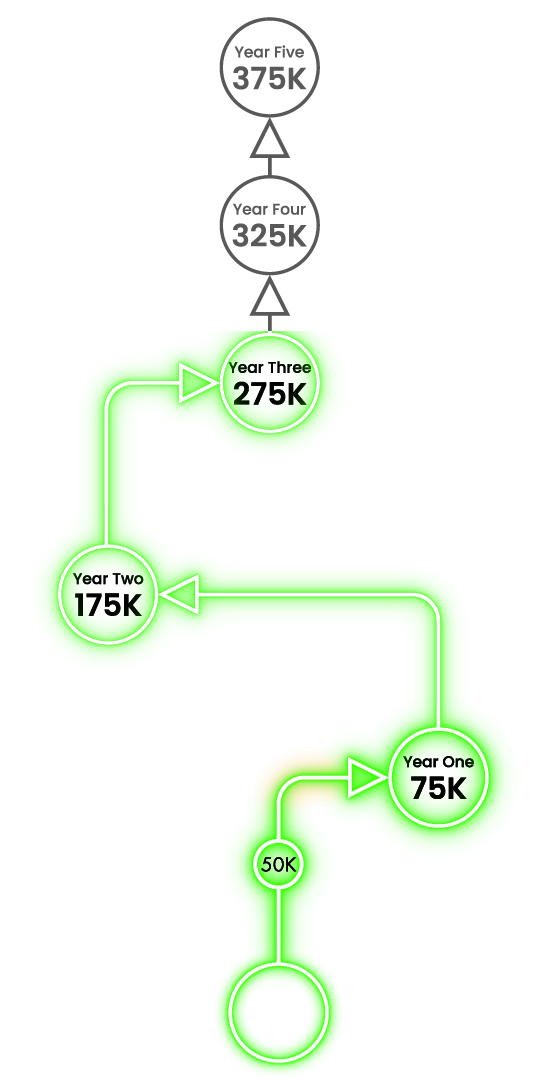
Imagine being able to view illuminated medieval manuscripts on your computer, with Latin translations right alongside and x-ray images of layers of inks, papers, and even cat paws walking across the page...
Imagine viewing a digital archive with a visualization of pre-Hispanic archaeological sites in 3-D...
Imagine analyzing a million books and periodicals to assess the development of women’s rights...
Imagine tracking African Americans’ journeys during the 19th-century Great Migration as the U.S. population shifted...
Imagine discovering with the help of a neurologist that Agatha Christie suffered from dementia by analyzing the linguistic shifts in her later novels...
Imagine mapping Native American languages and land management strategies to enhance current public policy about wildfire management...
You are in the world of the digital humanities, where the values of the humanities meet digital methods from fields such as software design, gaming, and mapping, leading to the implementation of digital humanities values: openness, experimentation, collaboration, connectedness, and diversity (Spiro; Honn).
This description of digital humanities (DH) promotes the “application of digital resources and methods to humanistic inquiry” (Waters). It is the use of “technological tools to do work of the kind that gets done in the humanities, asking the kinds of questions, whether they’re historical or literary,... [and] using computational tools that do the processing of the data and that assist the researcher in the findings that come out of that work” (Fitzpatrick).
“By producing and using new applications and techniques, DH makes new kinds of teaching and research possible, while at the same time studying and critiquing how these impact cultural heritage and digital culture. Thus, a distinctive feature of DH is its cultivation of a two-way relationship between the humanities and the digital: the field both employs technology in the pursuit of humanities research and subjects technology to humanistic questioning and interrogation, often simultaneously” (Terras; Wikipedia).
“It is not simply the humanities done with computers, nor is it computer science performed on topics of interest to the humanities” (Vartner, Hswe). Digital humanities is a more comprehensive and encompassing approach to studying the humanities. Researchers in all disciplines are drawing upon technology such as infographics, data visualization and virtual reality among others to make their work more dynamic and engaging (Vartner; Hswe).
Another description of digital humanities covers a “more traditional humanities-oriented question[ing] about the computing technologies that we’re working with” (Fitzpatrick). Recent and ongoing debates about the pervasive role of technology in our everyday lives through social media, AI and e-commerce are illustrative examples. As technology becomes more and more embedded in our lives, it has led to concerns over privacy, misinformation, and safety; thus, subjecting the “digital” to a humanistic critique.
San José State University’s Deep Humanities and the Arts Initiative is an approach following this description of digital humanities. Launched in spring 2018, the initiative asks, “Is technology the answer to humanity’s problems or a threat to humanity as we know it?” As it posits this question, it calls for “an urgent need to reinvent the humanities & arts, redefine their relationship to STEM, and revitalize their role in our lives” (Krishnaswamy). Many of the panel papers presented at the Deep Humanities and Arts Initiative launch addressed the call for this reinvention of the humanities and arts and its relationship to STEM.
Realistically, any form of teaching in the classroom today involves technology (especially true during this past year of remote learning) and is more capaciously identified as digital pedagogy (Harris). What does teaching look like when students learn “to think and work together in new ways, and to deepen their understanding of the academic subjects under consideration, through the use of such tools, platforms, and methods” to engage them in investigations using playfulness, openness, identity, agency, practice, and especially collaboration (Davis; Gold; Harris).
Faculty across campus are exploring ways to integrate digital pedagogy into their classrooms using a variety of technologically enhanced strategies, such as mapping a novel, using recordings to learn different languages, creating memes about climate change, and visualizing data in the study of earthquakes, traffic patterns, and COVID-19 vaccinations. A key resource in this area is the Digital Pedagogy in the Humanities: Concepts, Models and Experiments, a curated collection of reusable resources for teaching and research. This peer-reviewed, open access guide offers assignments, syllabi, rubrics, articles and more — all searchable by keywords — to help educators integrate all types of tech into the classroom.
At San José State University, digital humanities pedagogy invites students to co-create knowledge through project-based classes: “By enabling communication across communities and networks, by creating platforms that amplify the voices of those most in need of being heard, by pursuing projects that perform the work of recovery and resistance, and by undertaking research that intervenes in the areas of data surveillance and privacy, the ‘artist-theorists, programming humanists, activist-scholars, theoretical archivists, [and] critical race coders’ whom Tara McPherson, writing in the first volume of Debates in the Digital Humanities, called into being, have now been united with their task” (Gold; Klein). Promoting, investigating, discovering the resonance of underrepresented voices doesn’t mean teaching a digital humanities course, though — experimentation and play are already key components of most SJSU curricula (Davis; Harris).
As an area of study, digital humanities is ever shifting and evolving, with students, faculty, and the community producing projects that underscore what makes the humanities so exciting, while allowing all to learn a number of new methods. The educational possibilities are unlimited, for those who create these projects as well as for those who can benefit from them!
Explore the world of the digital humanities with us!
Davis, Rebecca Frost and Katherine D. Harris. “Why (in the World) Teach Digital Humanities at a Teaching-Intensive Institution?” Debates in Digital Humanities Pedagogy. Eds. Brian Croxall and Diane Jakacki. U Minnesota Press. [forthcoming]
Davis, Rebecca Frost, Matthew K. Gold, and Katherine D. Harris. “Curating Digital Pedagogy in the Humanities.” Digital Pedagogy in the Humanities. Eds. Katherine D. Harris, Rebecca Frost Davis, Matthew K. Gold, and Jentery Sayers. Modern Language Association, 2020. Open Access. https://digitalpedagogy.hcommons.org/
Fitzpatrick, Kathleen. “Kathleen Fitzpatrick and Public Digital Humanities.”Reframing Digital Humanities: Conversations with Digital Humanists. Pressbook, October 2020, https://openbooks.lib.msu.edu/reframingdh/chapter/kathleen-fitzpatrick-and-public-digital-humanities/
Gold, Matthew K. and Lauren F. Klein. “Introduction: A DH that Matters.” Debates in the Digital Humanities. U of Minnesota Press, 2019. https://dhdebates.gc.cuny.edu/read/untitled-f2acf72c-a469-49d8-be35-67f9ac1e3a60/section/0cd11777-7d1b-4f2c-8fdf-4704e827c2c2
Harris, Katherine D. “Play, Collaborate, Break, Build, Share: ‘Screwing Around’ in Digital Pedagogy.” 3:3 (Fall 2013) Polymath Special Edition on “Doing Digital Pedagogy at a Non-R1”
Honn, Josh. "A Guide to Digital Humanities: Values Methods". Northwestern University Library. Archived from the original on 19 September 2015. Retrieved 19 September 2015.
Krishnaswamy, Revathi. “What is Deep Humanities?” https://www.sjsu.edu/ha-in-action/engage/public-programming-opportunities/Deep_HnA.php
Spiro, Lisa. “‘This Is Why We Fight’: Defining the Values of the Digital Humanities.” Debates in the Digital Humanities. Ed. Matthew K. Gold. University of Minnesota Press, 2012. http://dhdebates.gc.cuny.edu/debates/text/13.
Terras, Melissa (December 2011). "Quantifying Digital Humanities" (PDF). UCL Centre for Digital Humanities
Vartner, Stewart and Patricia Hswe. “Special Report: Digital Humanities in Libraries.” American Libraries. 4 Jan 2016, https://americanlibrariesmagazine.org/2016/01/04/special-report-digital-humanities-libraries/
Waters, Donald J.. “An Overview of the Digital Humanities.” Research Library Issues: A Report from ARL, CNI, and SPARC, no. 284 (2013): 3-11. http://publications.arl.org/rli284/.

